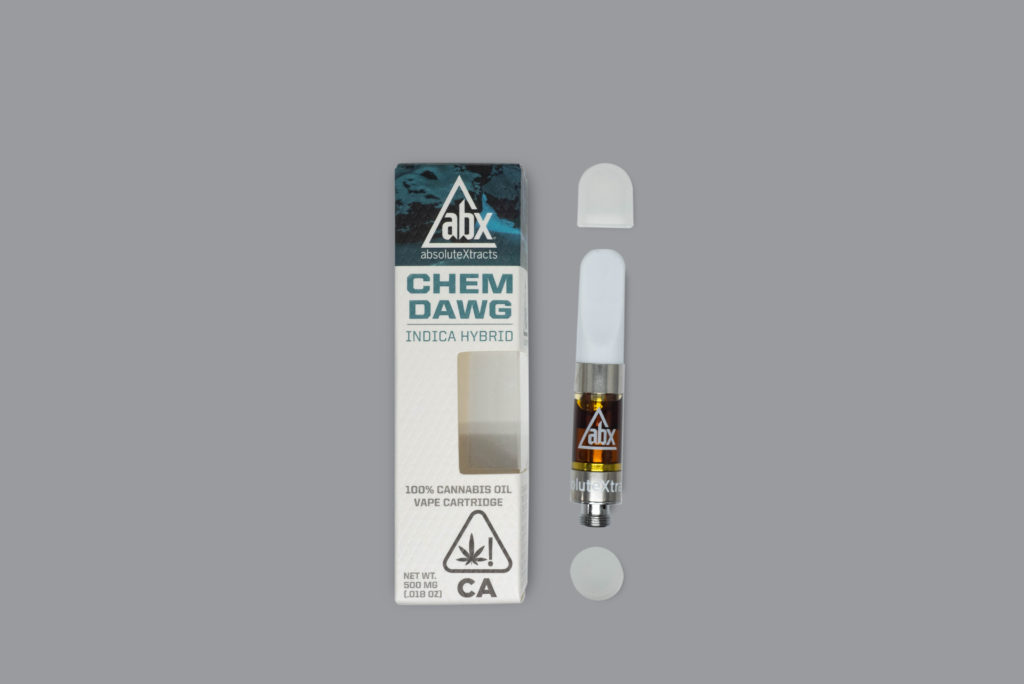(This is the first story in a series on the unfortunate truth of the unsustainability of existing cannabis industry practices and the stories of a few industry leaders leading the way to make a difference.)
Nearly 300 million tons of plastics are produced each year, with 50 percent of that amount being in the form of single-use products. According to National Geographic, of the 8.3 billion metric tons of plastic that have been produced since the 1950s, over three-quarters of that amount has become waste now buried in landfills or devastating the oceans — and only 9 percent has been recycled. Why be concerned? As plastic decomposes, it emits greenhouse gasses that are believed to contribute to climate change and forms micro-particles which leach chemicals causing health issues for humans, animals, marine life and ecosystems.
Based on the fact that cannabis as a consumer good always has some level of medical implication, government regulators have understandably shifted the balance with cannabis packaging from consumer convenience and environmental sustainability to public safety, especially where children are concerned. The unfortunate and unintended consequence of child-resistant packaging and single use materials has exacerbated environmental damage. One expert estimates that the cannabis industry is generating over a billion units of plastic waste annually. The unspoken and unfortunate truth about the “green” industry is that the only thing green about it is the color of the plant.
California as the cannabis consumption king is unfortunately, by definition, the cannabis packaging waste king. This flies in the face of California’s status of one of the most progressive initiators of environment-focused laws, including strict carbon emission restrictions and single-use plastic bag bans.
Certain companies, however, have taken a leadership role in doing their part to alleviate this mounting problem. One of California’s largest cannabis companies, Canna Craft, is taking the initiative to do things differently, with the environment no longer taking a back seat to public safety.
“We felt compelled to provide guidance and be a market leader with the goal of setting an example across the country to reduce the tidal wave of unnecessary waste and avert a major environmental crisis,” explained CannaCraft’s co-founder Dennis Hunter.

(Courtesy of Cannacraft)
The company reconsidered its regulatory compliance framework with an eye toward environmental protection. This began with creating a new packaging strategy for its vape line with vaping devices becoming one of the fastest growing segments of the cannabis market. In California, this category represents 22 percent of all dispensary sales and commands as much as 71 percent of the market among extraction and concentrate products. Packaging a vape pen presents a complex environmental challenge as some or all elements are disposable (the battery itself and cartridges), and packaging is substantially larger than the end product which is required as a canvas for mandated regulatory language. For various technical and legal reasons, a governmental requirement for the recycling of vape pens is presently not on the horizon. California has received low scores on recycling for the fourth year in a row.
CannaCraft annually sells over 2 million vape cartridges, which were packaged in plastic, child-resistant tubes to comply with California cannabis packaging regulations. Tiffany Devitt, its chief compliance officer, noted that “One year’s worth of CannaCraft’s child-resistant tubes would reach over 900,000 feet if stacked, 30 times taller than Mount Everest!”
In an effort to combat unnecessary waste, CannaCraft developed a proprietary new step in its manufacturing process: by directly sealing its cartridges, it makes the cartridge itself child-resistant and eliminating the need for an additional plastic tube. While most environmental solutions have a financial cost, Cannacraft’s innovation is an example of a socially conscious decision having a positive effect on its bottom line: Canna Craft is now saving money with this new innovation.
It’s incumbent upon all entrepreneurs to consider waste reduction as part of its overall business strategies. In California, the state Legislature recently approved measures to cut packaging and plastic waste by 75 percent by 2030. Let’s hope that other captains of the cannabis entire industry follow Cannacraft’s lead so that “green” one day soon, actually means green.
Advertising disclosure: We may receive compensation for some of the links in our stories. Thank you for supporting LA Weekly and our advertisers.

